|
Youth performance training provides a foundation of quality movement from which speed, power and strength will be built. These qualities are needed to perform at ones best in their athletic endeavors. Most of you would agree that to begin building a house you need a foundation, an area to build upon, something that everything else will be added to. It is the same thing with any athlete that starts a performance training program. We must build the foundation of the movements that are necessary to perform well in the training facility and on the field of play. You would be amazed with the inability of young athletes to perform basic movements such as skipping, jumping, hopping, shuffling, pushing and pulling.
The performance training program, if done properly, will make each and every athlete move better, get stronger, be faster and produce more power. These are things that most of you would expect to happen. The other side of things that is sometimes over looked is reducing the number of injuries. No one can prevent all injuries from taking place, but a great training program will greatly reduce the number of injuries that do take place. This brings me to the athlete’s specific goals. Each and every athlete wants to be faster, stronger and more powerful, but they also want to be able to play their sport and not be sitting on the sidelines with an injury. There are specific goals that each athlete wants to accomplish. A first basemen playing baseball wants to produce more rotational power in the transverse plane from medicine ball work than a basketball player does. An offensive lineman playing football wants to produce more horizontal force in the sagittal plane from bench pressing than a quarterback playing the same sport does. These two examples are ones that are somewhat for more of an athlete that has already laid down the necessary foundation to proceed to a more specific training program, but I hope the point is getting across. Knowing what each athlete needs at each point during their training cycle is key to developing an all around successful athlete. An athlete must first learn how to hinge their hips properly before any hip dominant movement is loaded. An athlete must be able to stabilize their torso before any lunge variation is added to their program. The list goes on and on. The point being, every athlete is treated as an individual with things that they need to work on that are specific to them. Like I mentioned early each athlete has to lay the foundation before all the bells and whistles come out….they have to earn it. It is not given to them without them working hard and smart for it. Each training session builds upon the previous one. It is programmed and concise, it is not randomly throw together. There is always a reason why something is being done. A great athlete is built over their career, not over the month before each sporting season starts. It is hard to be great, that is why so few do it and settle for a shell of what they could have been. Not everyone is born with the same physical gifts, but everyone is born with the ability to outwork their competitor. Youth performance training not only teaches athletes to move better and be stronger, it teaches discipline, dedication, sacrifice and to have a work ethic that will help them succeed during their lives. It teaches them that they must put forth effort to see results, nothing is given to them. Not everyone will get a trophy for just showing up, it’s up to them to go out and earn it. Get your athletes committed to a training program that will help teach them all these qualities.
0 Comments
How many athletes are required to perform a movement analysis before starting a performance training program? My guess is that most athletes are not. Let me ask another question. What happens when an athlete is asked to perform a back squat or any movement for that matter, which is dysfunctional in nature due to their physical limitations? Strength is added to that dysfunctional movement pattern, it is not added to the true functional movement pattern. I’m going to continue to use the squat as my main example because it is probably the most common exercise used in most high schools. The squat is an amazing exercise for building strength, but when it is performed before athletes are ready for the movement bad things can happen. Below are some pictures that illustrate what an improper squat pattern looks like. These faulty squat patterns could be due to an array of reasons, some of which include short/weak hip flexors, imbalance of core musculature, excessive pelvic tilt, limitations with ankle mobility, weak glutes, etc. A complete movement analysis must be done to understand the complexity of these dysfunctional squat patterns. All of the above pictures demonstrate a faulty squat pattern that needs some cleaning up. Below is a picture of a squat pattern that is ready to be loaded with external resistance. If you are not performing a movement analysis of some sorts you are doing a disservice to your athletes. It is literally the foundation of any worthwhile performance training program.
Have you ever noticed young children outside playing? I mean really, really payed attention to every detail. You would have noticed a few things. First, and foremost they have a tremendous ability to squat down and pick things up with near perfect form. They possess the skill to lunge forward, push and pull objects and are beginning to gain the ability to balance pretty well. Overall their movement looks pretty awesome! Second, they are learning new skills; jumping, running, skipping and climbing, to name a few. What else you might notice is that they are having fun. Physical activity is fun!
The one thing we really need throughout our whole lives to be happy and healthy is physical activity. Unfortunately the time that is made for physical activity has decreased not only for our adult population, but it has been significantly limited for our youth population. Elementary and high schools have decreased their requirements for daily physical activity to the point where some students are no long required to even partake in any physical education sessions at all in high school. I guess once you reach a certain teenage year physical activity is no longer deemed as important. There are a few options to deal with this problem, although I do not know how the logistics would work when you bring in political and social intervention. We know people are very hesitant to change their ways, especially when it doesn’t seem to benefit them. First, increase the length of the school day so everyone has to participate in physical activity every day. Sure everyone had to work a little longer, but the pay off would be huge. Second, make it a requirement that all students must play a sport during the school year. Many private schools already make this a requirement and I do not see why it should be any different at the public school. Third, have your child participate in an activity outside of school. Whether it be a youth sport league or a youth training facility, make sure that they are getting the physical activity they need. Just as important, if not more, make sure your children are learning good nutrition habits. You are the teacher and role model. Make good decisions about what you and your children are eating. Keep it simple; fill up on a lot of vegetables, protein, healthy fats and some high fiber fruit. If you are confused about what you should be eating, seek out a professional for help. Let’s help get our next generation get headed in the right direction for a healthier, more enjoyable life. It all starts with developing physical activity and healthy eating habits at a young age. |
Archives
July 2024
Categories
All
|
Proudly powered by Weebly

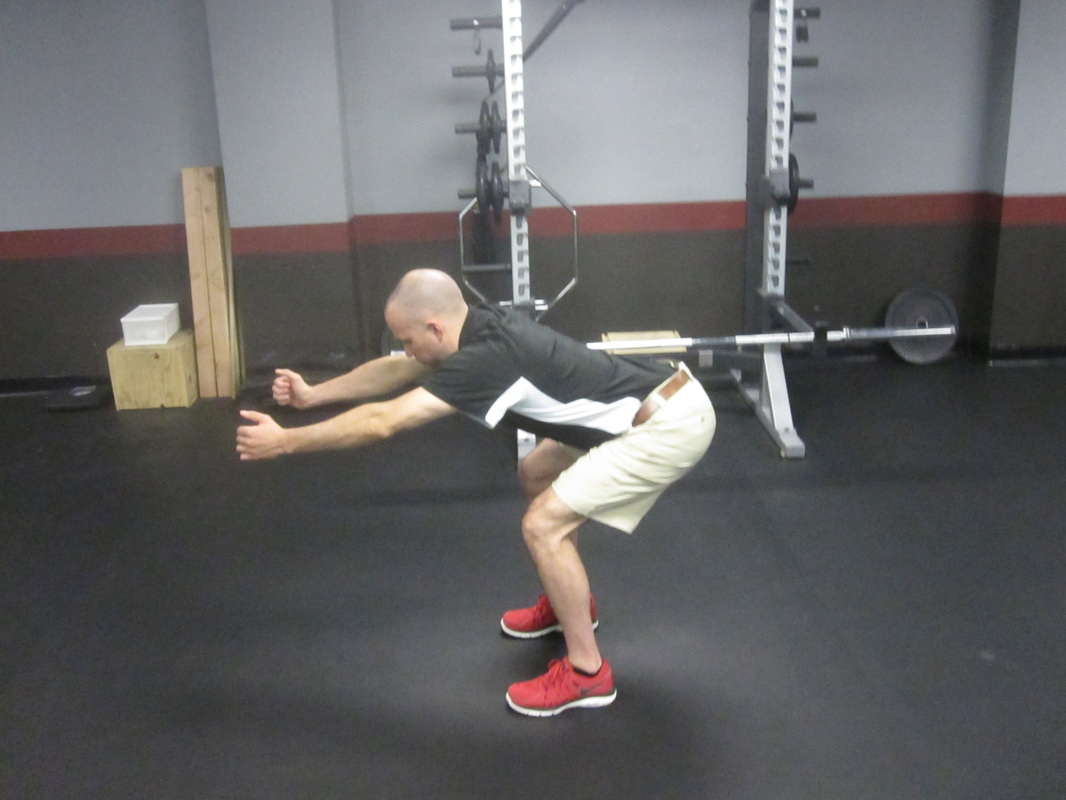
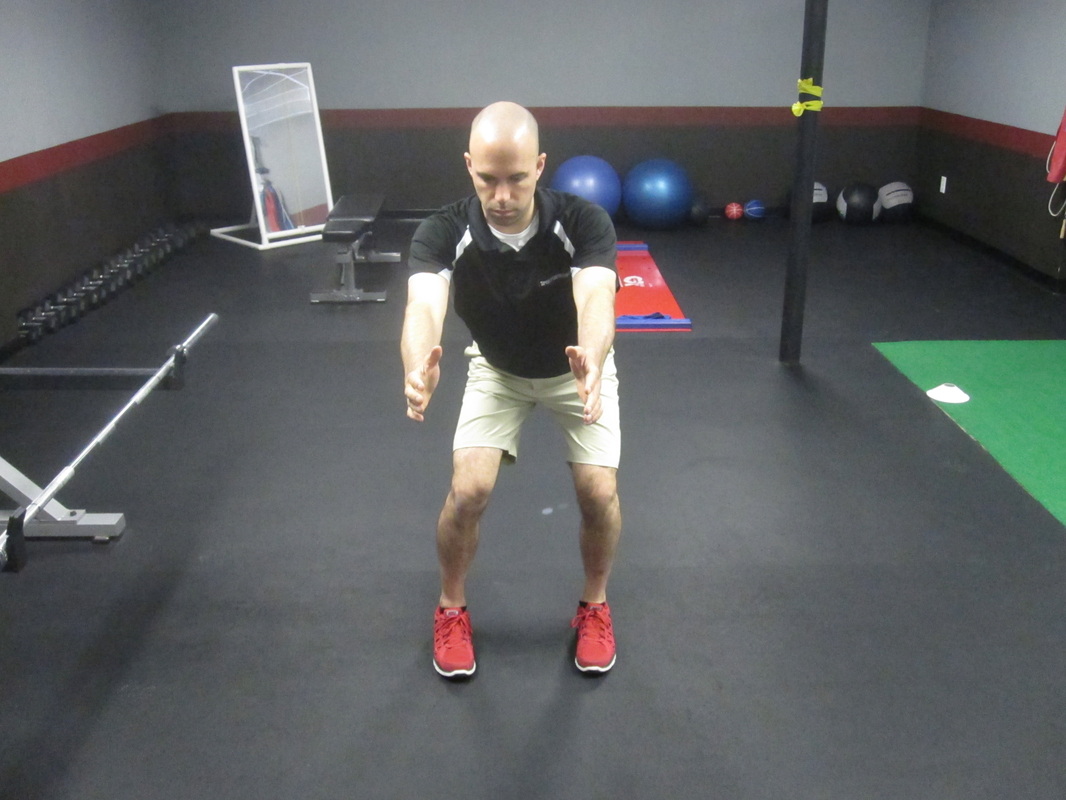
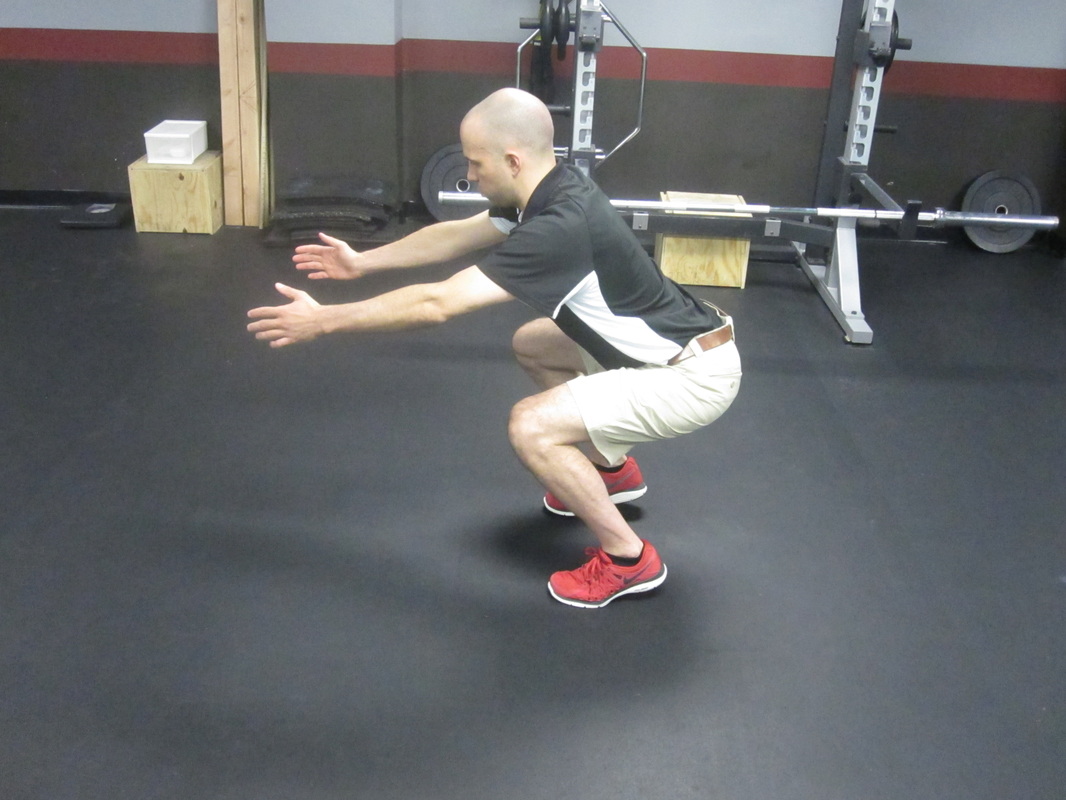
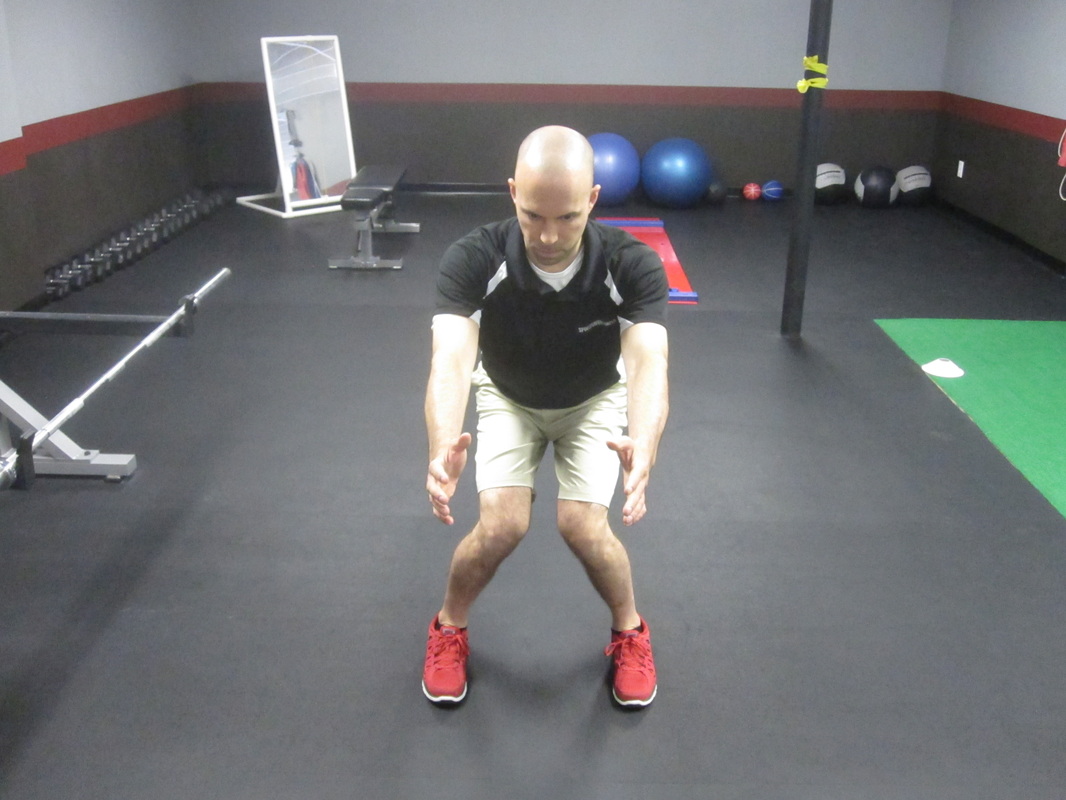
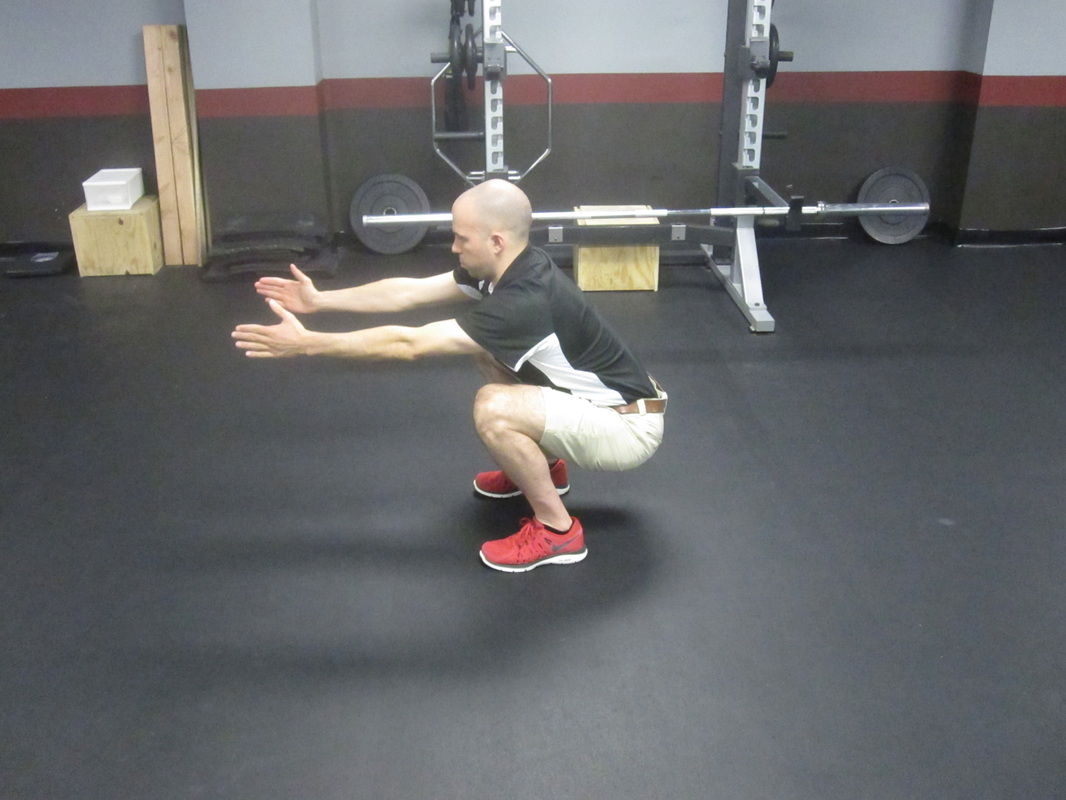
 RSS Feed
RSS Feed